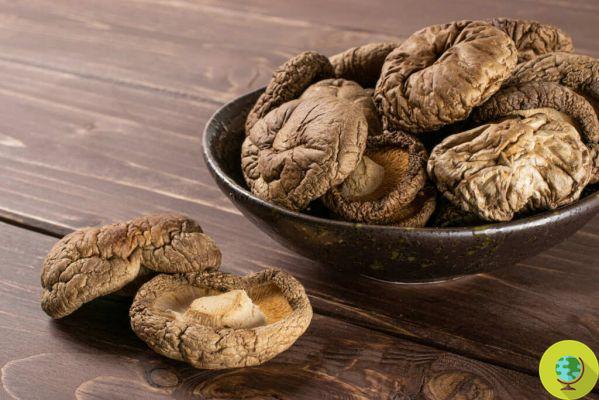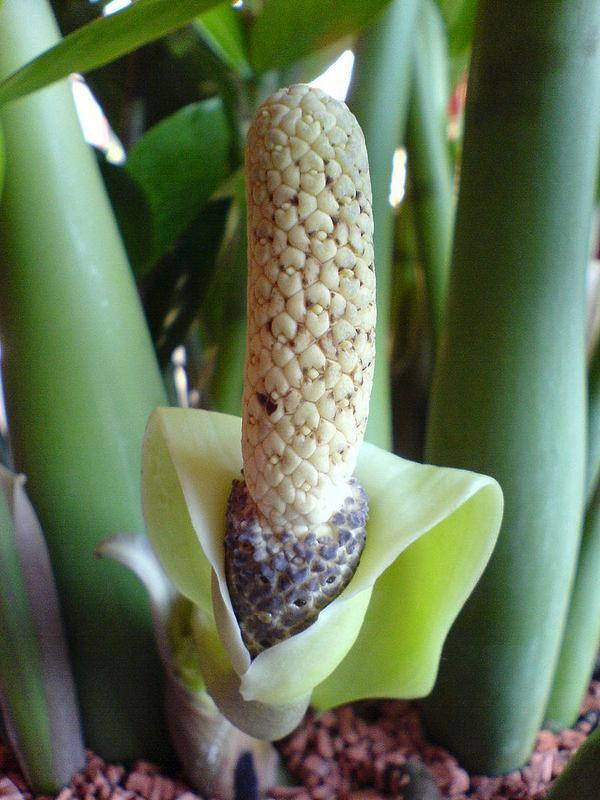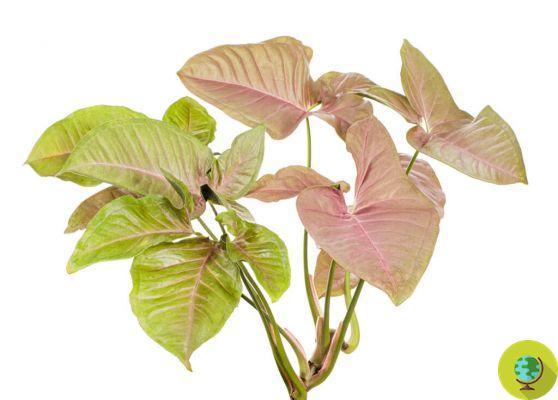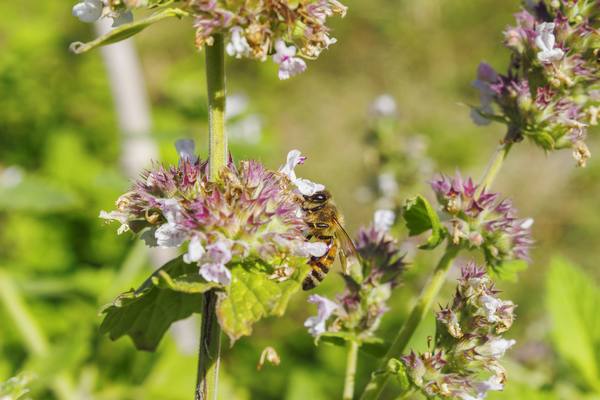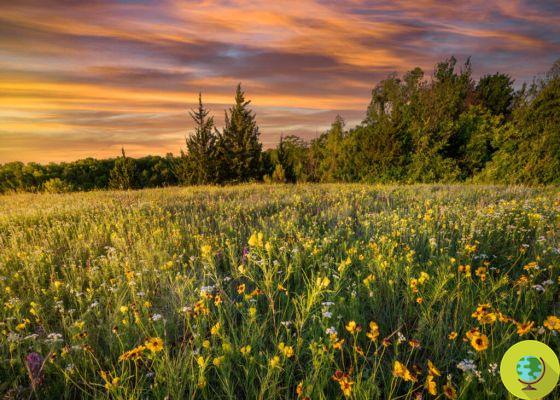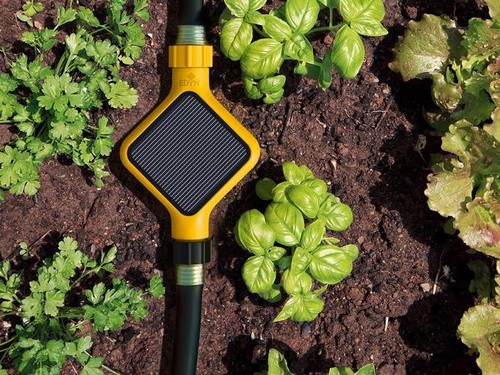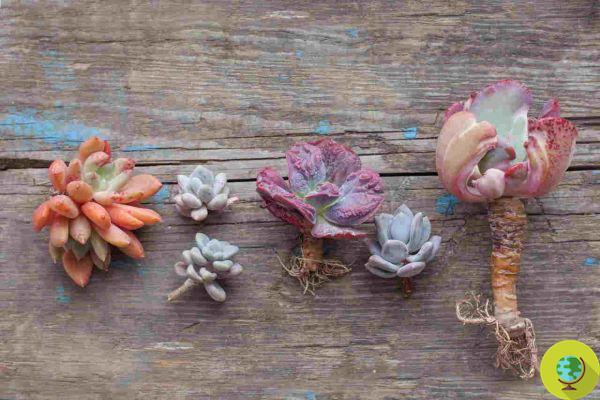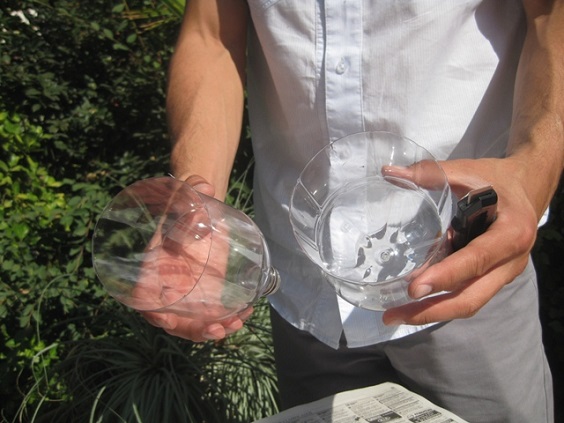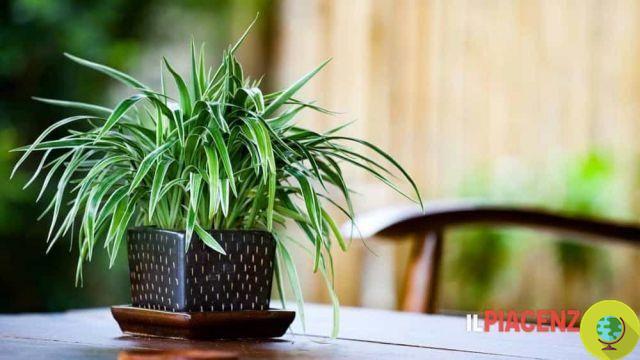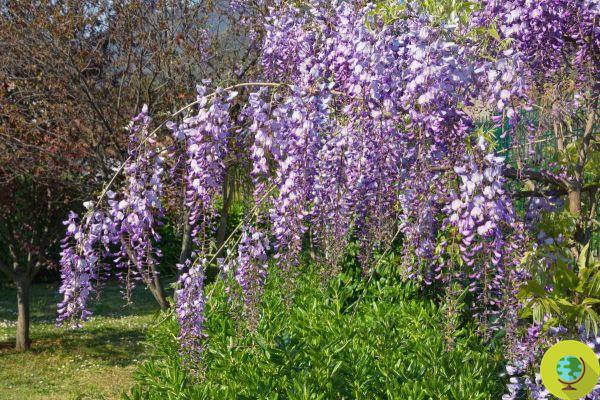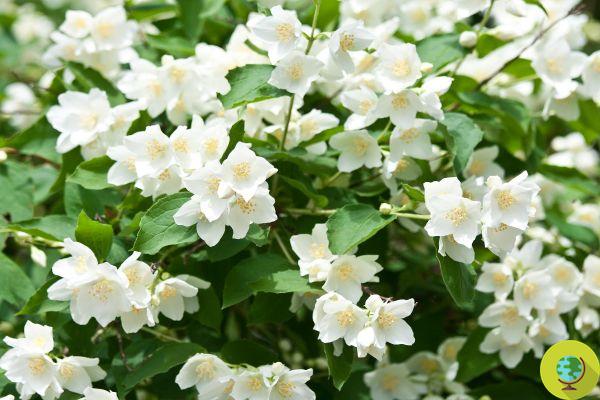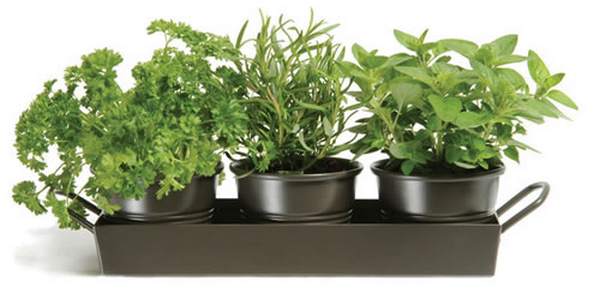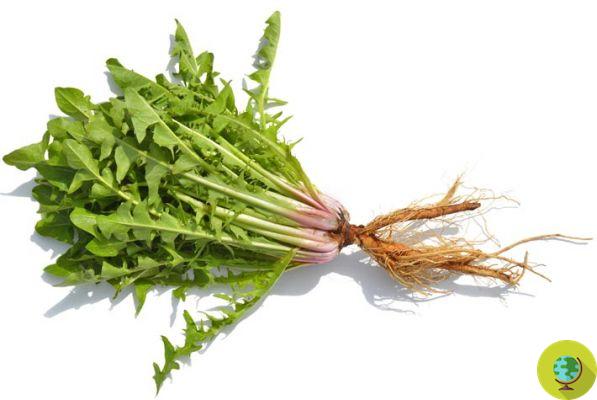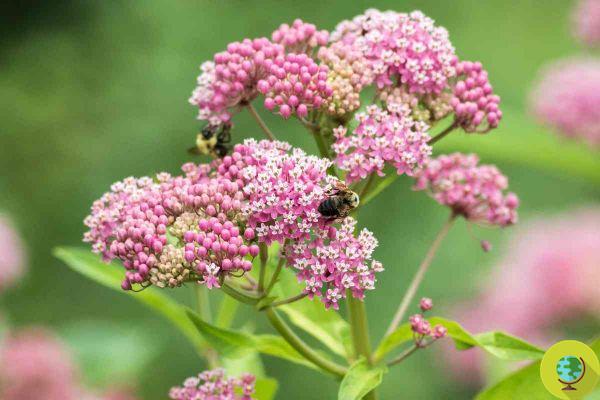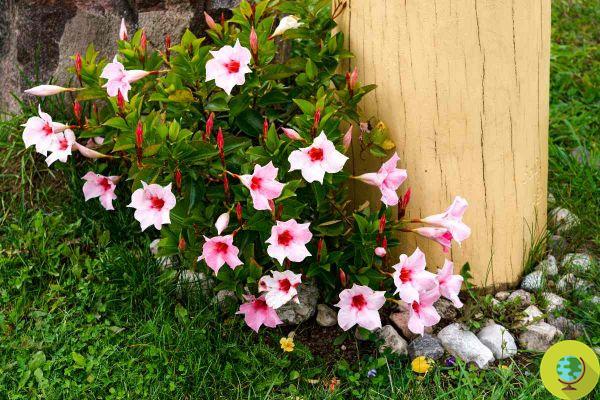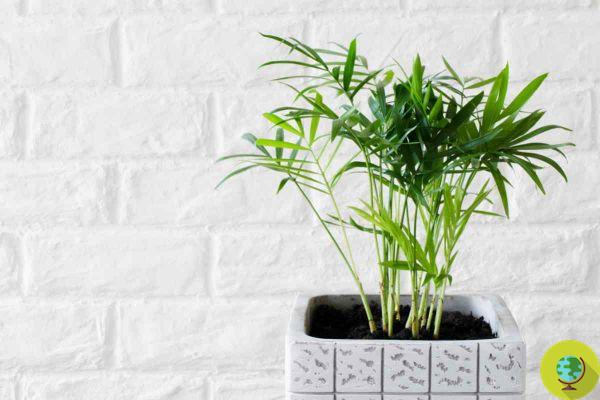Wisteria, a beautiful and hardy climbing plant. Sowing, cultivation, pruning and the secrets to take care of them
He is about to end up run over, his mother saves himWisteria, a beautiful and hardy climbing plant. Sowing, cultivation, pruning and the secrets to take care of them
Il wisteria It is one of the ornamental shrubs most beautiful and popular in the world. His ability to climb on any type of support and its characteristic flowering in clusters make it one of the most fascinating plants ever.
It is a very scenic plant, which lends itself to being used for decorate pergolas, balconies, terraces, columns, walls, arches, but also other trees.
Index
Wisteria, description
Wisteria is a deciduous creeper that produces enchanting flowers, gathered in clusters, very fragrant and colored in shades of purple, lilac, pink and white. Native to China, Japan, and North America, this plant is one legume extremely rustic and vigorous belonging to genus Wisteria, of the large family of Fabacee.
Ha odd-pinnate leaves, composed of oval or lanceolate leaves, covered with a light down that fades over time. THE fruits, about 15 centimeters long, they are very similar to beans.
Like the vine, the wisteria has a flexible stem that needs support to be able to proliferate.
Among the most common species of wisteria, the Wisteria sinensis, originally from China, also called common wisteria, and the Wiseria floribunda, coming from Japan.
The first reaches considerable dimensions, which can even exceed 30 meters, is very vigorous and blooms in April-May. The second, on the other hand, can reach a maximum height of 10 meters and has one later flowering, generally in the two months May-June.
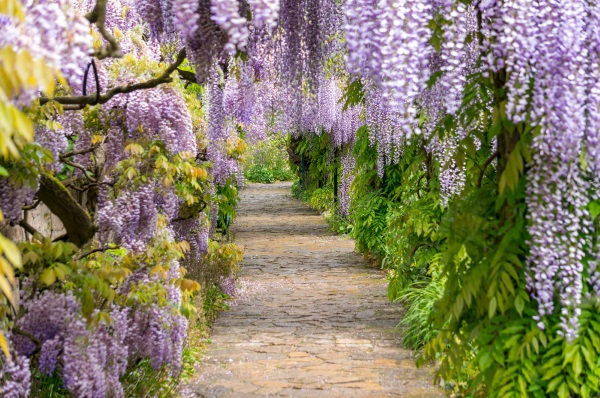
Wisteria, how to grow it
Wisteria is a plant relatively easy to grow, but requires some care, especially in the phase immediately following implantation. This shrub can be grown in pots or in the ground, but it must be borne in mind that we are facing one extremely vigorous plant, which tends to expand a lot.
After a few years, the wisteria can easily reach a development of 30 meters both in height and in width, while its roots are so strong that they can damage walls or lift sidewalks.
Therefore, before planting a wisteria in open ground, it is worth considering the its luxuriant vegetative development, making sure you have adequate space.
To avoid root damage, you can bury a plastic sheet about two meters long by 1 meter deep in the direction we don't want them to take root, forcing them to take other directions.
Wisteria, plant
The wisteria that we find in nurseries can be obtained for cutting, For graft or it can be sprouted from seed. In the latter case, the plant will take 10 to 15 years to flower. This method is sometimes used because is the simplest and cheapest, while the reproduction by cuttings requires more work.
Grafting is even more difficult and for this very reason it is practiced only in specialized nurseries. Before purchasing, therefore, it is advisable to contact a trusted professional or inquire well about the way in which our wisteria has been reproduced.
As for planting, wisteria can be planted throughout the year, but the best time to do so is autumn or winter, by March.
A hole with a diameter of at least 50-60 centimeters is dug, with a bottom of pebbles and expanded clay, combining manure and 200-300 grams of slow-release fertilizer to the soil. Once planted it is necessary to irrigate abundantly, making sure that the root ball we have transplanted from the pot is actually wet.
If, on the other hand, we decide to cultivate the wisteria in pot, we need to get one that has an lwidth of at least 60 cm and an adequate depth. After some time the plant will literally devour all the land at its disposal. At this point it is necessary to intervene, because the wisteria will no longer be able to draw neither water nor organic substances for its development.
Si remove about 1/3 of the rootsie, consequently, the plant is pruned in such a way that the root system is sufficient to nourish it. New universal soil is poured and repotted, tying the wisteria to a support. After a few years, however, the wisteria should be planted in the open ground.
Wisteria, exposure
Wisteria prefers exposure in full sun, but also tolerates half-shade or fully shaded locations. In these cases, however, flowering will be slowed down and less generously compared to the development of a plant subjected to direct sunlight.
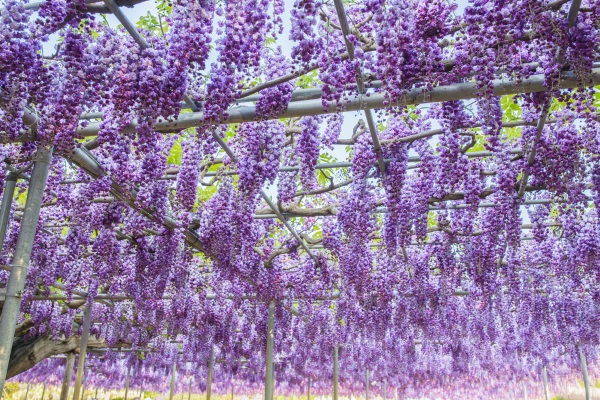
Wisteria, type of soil
The ideal soil for wisteria is soft, fresh and rich in organic material. This plant on the other hand, it does not tolerate calcareous soils, since its roots struggle to absorb the iron contained therein.
In this case the wisteria can contract the foliar chlorosis, not a real disease but one phytopathy that manifests itself through a yellowing of the leaves. To eradicate it completely, it is necessary distribute iron sulfate and sulfur in the soil, respectively in quantities of 50 and 100 grams per square meter.
Wisteria, watering
In period after planting, the wisteria should be watered abundantly. Afterwards, you can water less. If the plant is in open ground and the season is cool, rainwater will suffice. If instead the wisteria was planted in pots, it will be watered every 2-3 weeks.
The amount of water needed also varies according to the season and age of the plant. In summer, more frequent watering will be needed, as well as more abundant watering of young specimens.
Wisteria, fertilization
In the first two or three years of life, the wisteria it will be fertilized abundantly with multipurpose fertilizers rich in nitrogen, phosphorus and potassium.
Subsequently, however, it is very important eliminate nitrogen supplementation, since this plant, like all legumes, is capable of self-producing this element thanks to a symbiotic relationship with some nitrogen-fixing bacteria present in the root system.
A further contribution would favor excessive growth of the plant and foliage to the detriment of flowering.
Wisteria, pruning
To obtain a more pleasant and harmonious result, the wisteria should be pruned twice a year: at the end of winter, by February, and subsequently a green pruning during the summer.
Winter pruning should be done once the wisteria has lost all its leaves: it is necessary to shorten the branches that are one year old, leaving only 4-5 buds. In addition, dry, diseased or damaged branches and any suckers must be eliminated.
In the summer we proceed to one light pruning, for containment purposes, in order to make the vegetative development more orderly and harmonious.
Wisteria, adversity
As mentioned, the most common enemy for wisteria is represented by chlorosis, which causes yellowing of the leaves due to the absence of chlorophyll. In addition to aesthetic damage, this plant disease causes structural problems, in terms of less growth and reduced flowering.
In addition to too calcareous soils, leaf chlorosis can be caused by the presence of old rubble buried deep in the soil. In this case, land reclamation will be required.
Wisteria can be attacked by red spider, black aphid, powdery mildew and wood decay.
When she is hit by the red spider, the plant takes on a characteristic singed look. Generally the arrival of the cool season solves the problem. Only in case of particularly virulent attacks is it necessary to administer a acaricidal product.
The black aphid it can only be harmful if it attacks young plants. If necessary, it is necessary to treat with an aficida product.
In case of fungal diseases, the situation differs according to the type of fungus or bacterium attacking the plant.
Powdery mildew or white sore, for example, it manifests itself through the appearance of white spots on the foliage. But normally this fungal disease causes no harm and no action is required.
Instead, in the case of the so-called wood decay, its mushrooms settle in the trunk of old plants, to the point of causing their death. In the presence of these microorganisms, it is necessary remove dead wood with sharp tools. Then the healthy part will be brushed with a fungicide paste.
Wisteria, multiplication
As mentioned, wisteria can multiply in different ways, but certainly the simplest is the reproduction by cuttings. The cutting must be at least 10 centimeters and must be taken from July to September.
It should be placed in a soil rich in sand and peat, to enable the formation of a good root system. When the roots are large enough, it can be planted in the ground.
Wisteria, symbolism and language of flowers
In Eastern philosophies the wisteria represents the conscience of man. This climber, in fact, grows by making constant twists clockwise or counterclockwise. This typical movement is associated with the human consciousness which, as it develops, radiates from its vital center and also permeates the external world.
In the language of flowersinstead, giving a wisteria as a gift symbolizes sincere friendship and gratitude.





